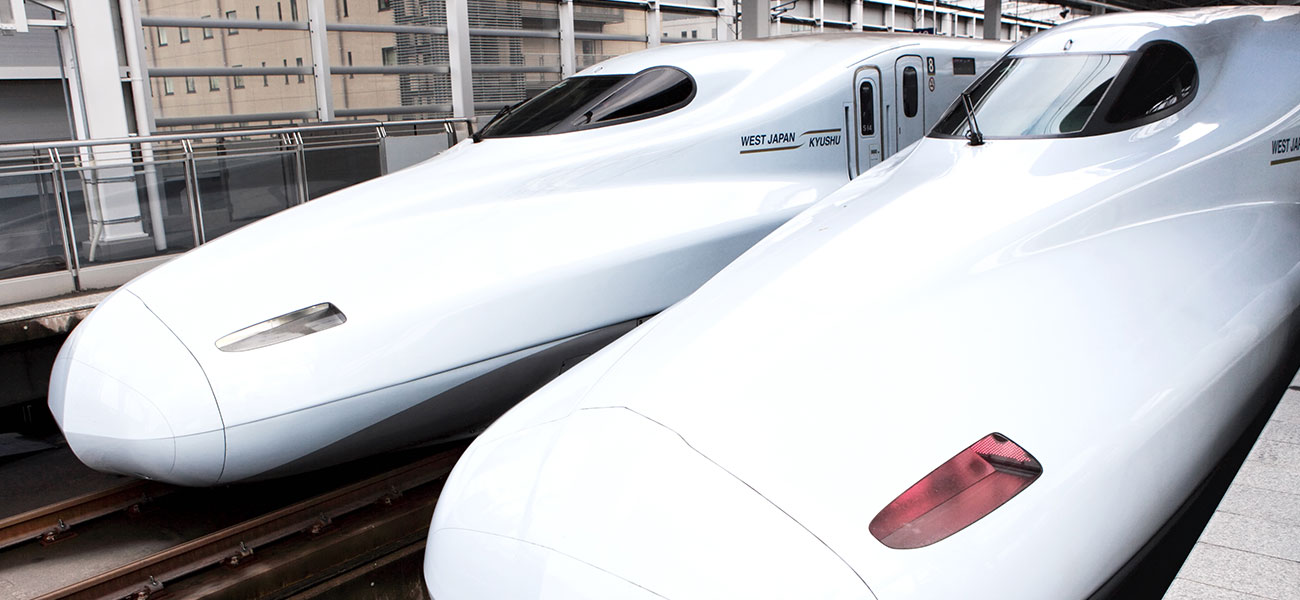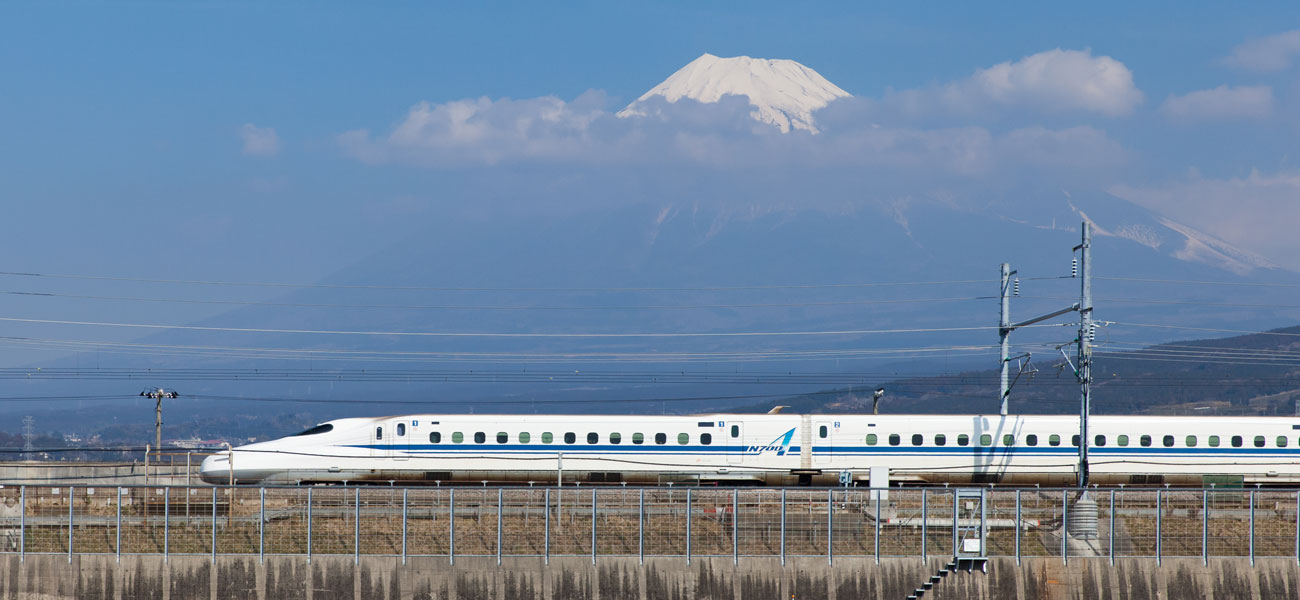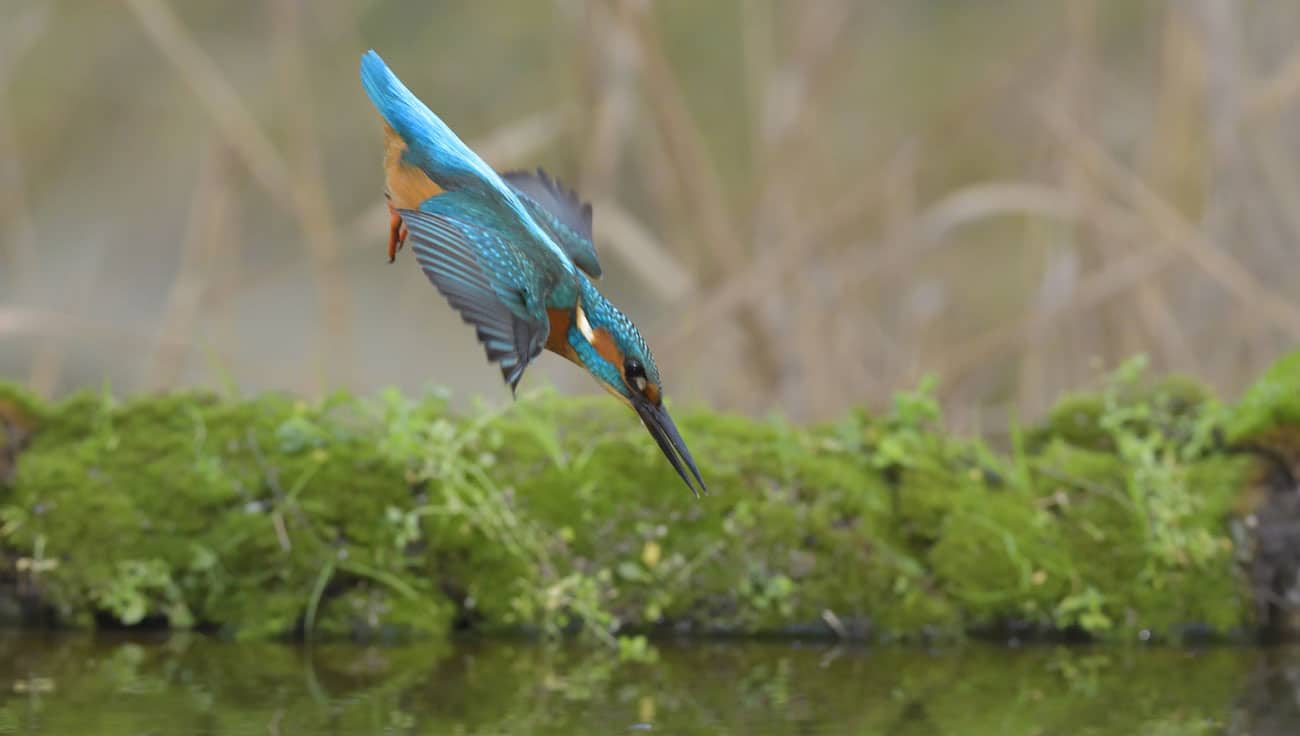How Nature Inspired Japan’s Shinkansen
Japan’s Shinkansen train is one of the fastest in the world. In 1989, the Shinkansen was able to travel up to 270 km per hour but unfortunately each time it entered a tunnel it was moving so fast that it was creating a sonic boom that could be heard up to 400 meters away, which created problems in densely populated residential areas.
The engineering team was lead by a man named Eiji Nakatsu who happened to enjoy watching birds in his free time. The birds he watched ended up inspiring a number of different innovations for the Shinkansen project.

Three Types of Biomimicry
Janine Benyus, the founder of the Biomimicry Institute, advocates for these types of nature mimicking technological advancements and refers to it as biomimicry. In 1997, Benyuz wrote that there are three main types of biomimicry.
1. Shape
This is simply looking to nature for how it has innovated new organic shapes to overcome common problems faced.
2. Process
Many animals have evolved amazing processes to help them overcome significant obstacles. One such example is how ants efficiently communicate where there is food. This could be used in the future for autonomous cars!

3. Ecosystems
Finally, ecosystems are made up of individual parts that work together to create a cohesive circular economy of upcycling each part. Creating a fully connected smart city is one way we, as humans could mimic natural ecosystems.
Biomimicry In The Shinkansen
Nakatsu and the Shinkansen engineers mimicked the shape of three birds to improve the train and reduce the noise levels of the sonic boom it created.
The pantograph, the part of the train that connects the train to the wires above was modeled after owls. Owls have the ability to swoop down from tree branches silently to catch prey. This ability comes from the curvature of the owls feathers and wings.
The Adelie penguin also inspired part of the train redesign. Engineers used the example of the penguins smooth body shape to help reduce wind resistance of the pantograph.
The most important inspiration for design upgrades to the train came from the Kingfisher.
Nakatsu noticed that the Kingfisher’s beak shape allowed it to dive into the water at high speeds to catch prey while creating minimal splash back. The engineering team designed three bullets shaped like the trains nose to shoot through a pipe to model the train traveling through a tunnel. They then measured the pressure waves and the splash size of each bullet when shot.

Sure enough the bullet shaped like the Kingfisher beak was the quietest!
The train redesign debuted in 1997 and to the engineering teams delighted that the noise was reduced to under the 70 decibel sound limit required in residential areas. In addition the train was 10 per cent faster and used 15 per cent less electricity to operate!
